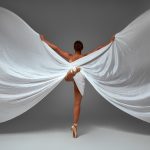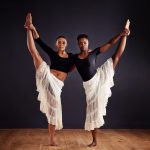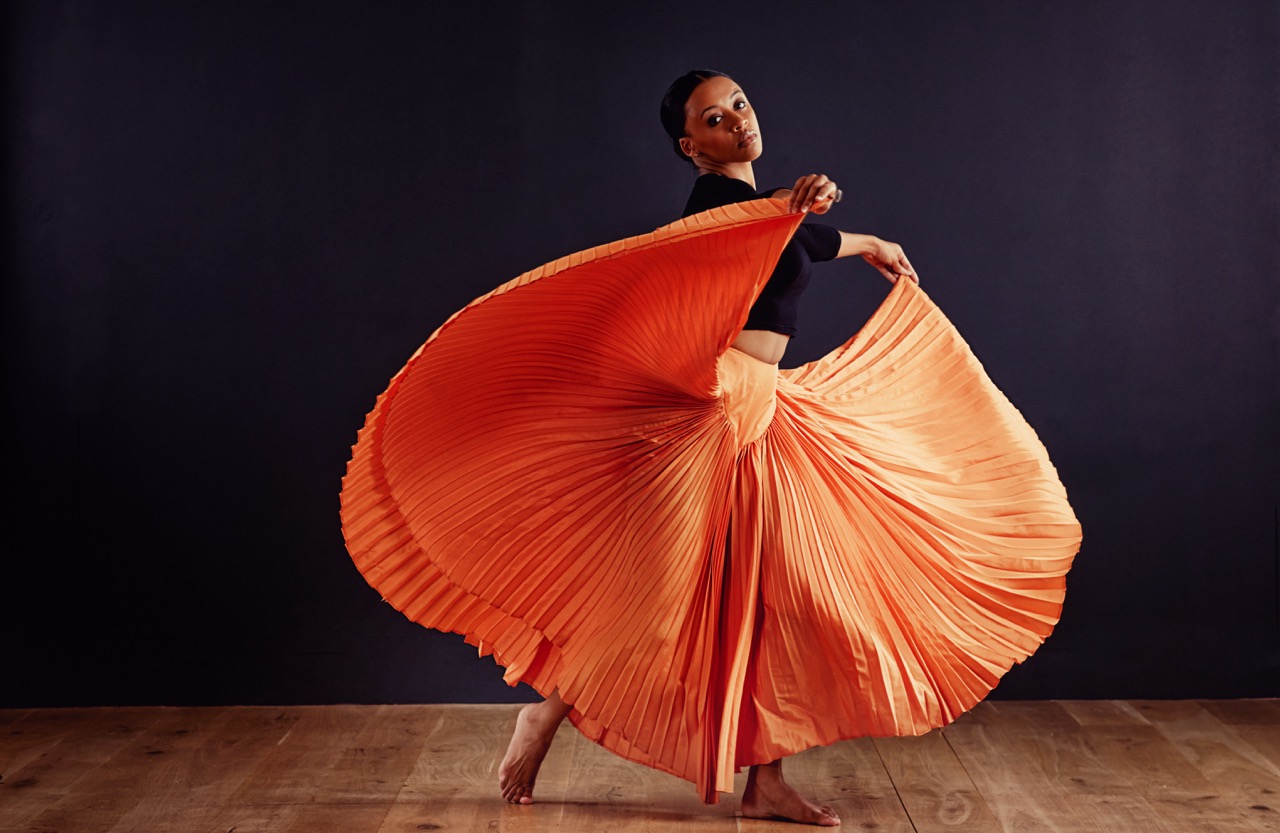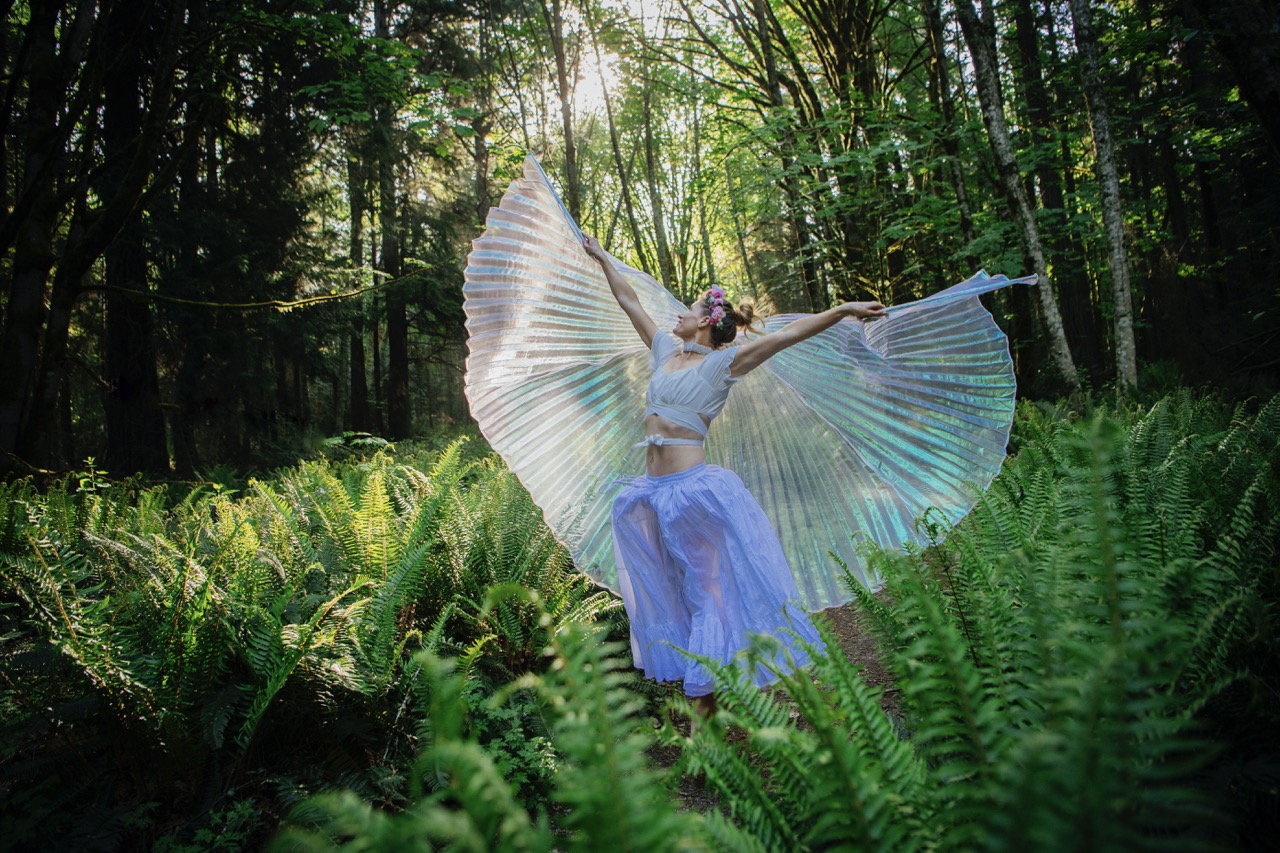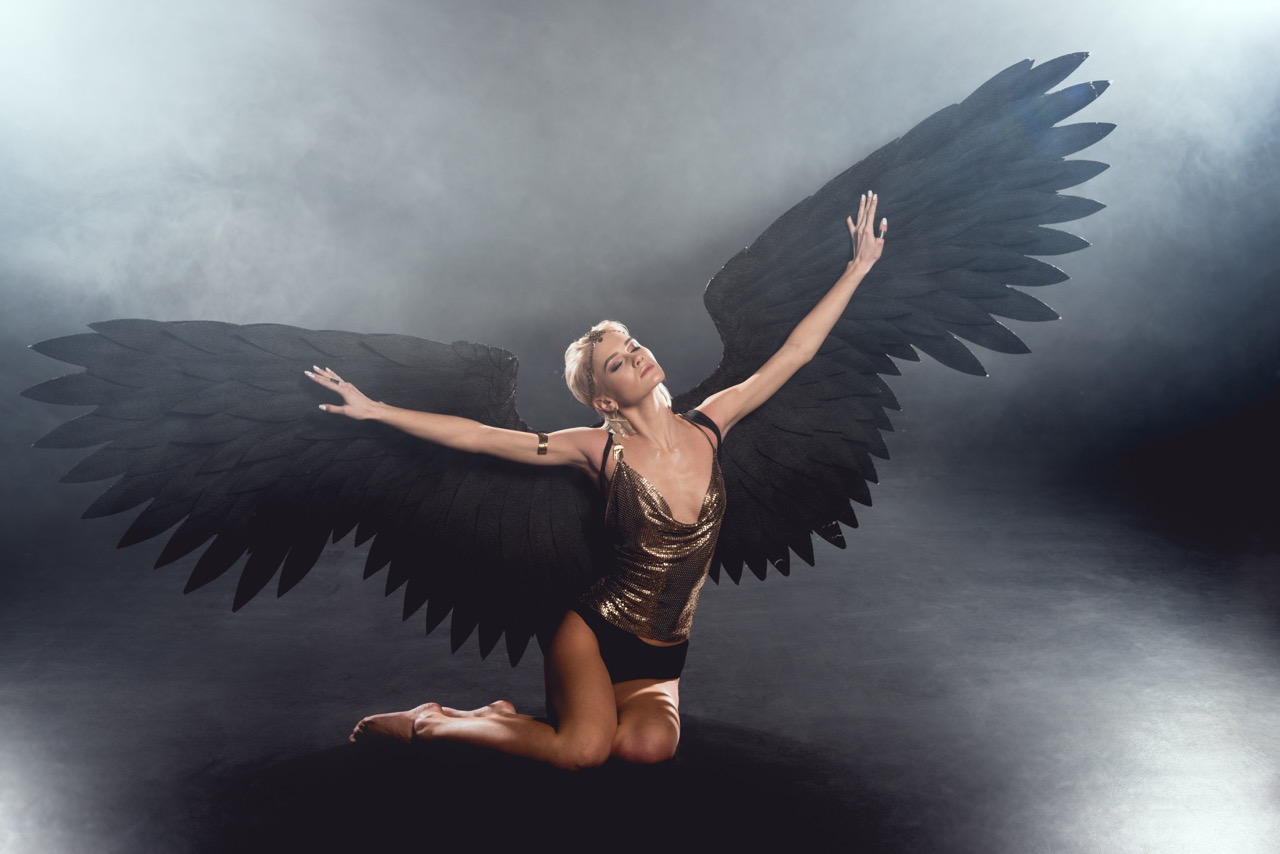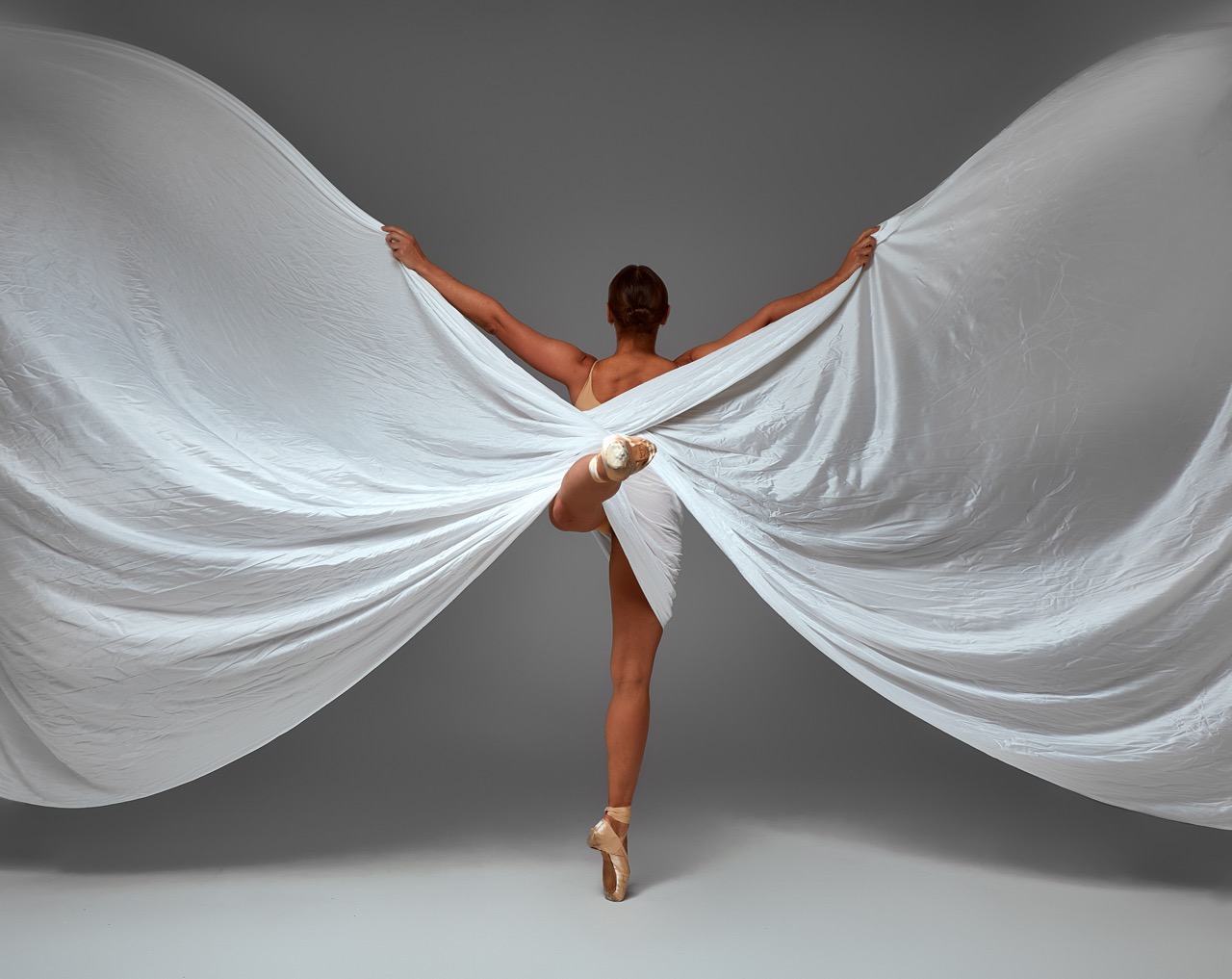In the world of performance art, dance serves as a profound medium for storytelling and expression. One element that has captivated audiences for centuries is the introduction of dance wings—dramatic, flowing fabrics that dancers manipulate to enhance their movements. Dance wings not only elevate the visual aesthetics of a performance but also play a pivotal role in crafting illusions and fantasies that transport viewers into otherworldly realms. This article delves into the multifaceted roles that dance wings play on stage, showcasing their ability to create ethereal beauty, enrich choreography, and transform performance spaces.
Dance Wings: Elevating Performance with Ethereal Beauty
Dance wings are often crafted from lightweight materials that flutter and flow with the dancers’ movements, creating a mesmerizing display of color and texture. Their ethereal beauty serves as an extension of the dancer’s body, amplifying the emotional impact of each performance. The visual spectacle created by these wings can evoke a sense of wonder and enchantment, drawing the audience into a dreamlike narrative. When dancers move gracefully, their wings billow and swirl, resembling the delicate flutter of butterflies or the majestic sweep of birds in flight.
Moreover, dance wings come in a variety of formats, from simple rectangular shapes to intricately designed creations with multiple layers. This diversity allows choreographers to select wings that best match the theme and mood of their performance. For instance, sheer, translucent fabrics can lend a sense of fragility and lightness, while heavier materials can create dramatic silhouettes. The choice of color also plays a critical role; soft pastels may foster a serene ambiance, whereas bold hues can energize the stage, captivating spectators with a visual feast.
In addition to enhancing the dancer’s aesthetic appeal, dance wings can also signify transformation and metamorphosis within the narrative of a performance. As dancers manipulate their wings, they can symbolize various elements—such as the changing seasons, the passage of time, or even emotional states. This ability to convey complex themes through simple fabric adds an extraordinary dimension to performances, making dance wings an invaluable tool for artists looking to elevate their work to new heights.
Crafting Illusions: The Artistry Behind Dance Wing Design
The artistry involved in designing dance wings is as intricate and thoughtful as the choreography itself. Designers must consider not only the visual impact of the wings but also the functionality and practicality for the dancers. The weight, drape, and responsiveness of the fabric all contribute to how effectively the wings can be integrated into a performance. Skilled designers experiment with various techniques, such as pleating, layering, and color gradients, to achieve the desired illusion of movement and lightness.
Furthermore, the process of creating dance wings often involves collaboration among costume designers, choreographers, and dancers to ensure that the wings complement the overall vision of the performance. This collaboration is crucial, as the dynamics between the wings and the choreography can significantly affect the storytelling aspect of the piece. For example, wings that catch the light in specific ways can enhance dramatic moments, while subtle movements can create a sense of intimacy and connection with the audience.
Additionally, the incorporation of technology into dance wing design is an emerging trend that adds further layers of illusion. LED lights, sequins, and reflective materials can be integrated into the fabric, creating captivating visual effects that change with the rhythm of the music. This fusion of artistry and technology opens new avenues for creative expression, allowing choreographers to explore innovative ways to engage their audience and deepen the emotional experience of the performance.
A Symphony of Movement: Dance Wings in Choreography
The relationship between dance wings and choreography is a symbiotic one, where each element enhances the other in a beautiful dance of creativity. Choreographers harness the fluidity of dance wings to create visually stunning sequences that captivate viewers. By incorporating specific movements that align with the flow of the fabric, dancers can produce entrancing patterns and shapes that evoke powerful imagery. This dance of fabric and body not only adds dimension to the performance but also reinforces the emotional currents of the narrative being portrayed.
Moreover, dance wings encourage improvisation and spontaneity in choreography. The unpredictability of how the fabric moves can inspire dancers to explore new movement possibilities, allowing for a more organic and dynamic performance. By embracing the freedom that dance wings provide, performers can weave their own interpretations into the choreography, making each presentation unique. This interplay of planned choreography and spontaneous expression creates a rich tapestry of movement that resonates with audiences on multiple levels.
Dance wings also facilitate the exploration of contrasting themes within a single performance. For instance, a dancer may use their wings to portray both fragility and strength, flowing seamlessly between gentleness and powerful movements. This ability to embody dualities enhances the complexity of the performance, inviting viewers to experience the multifaceted nature of the human condition. In this way, dance wings serve as a metaphor for life’s contrasts, beautifully illustrating the interplay of light and shadow, joy and sorrow, in a single expressive form.
Transforming Spaces: Dance Wings as Enchanting Backdrops
Beyond their role in enhancing individual performances, dance wings serve as transformative elements that can redefine the stage itself. When dancers take the stage adorned with wings, the entire atmosphere shifts, turning an ordinary performance space into an enchanting realm. The visual impact of expansive, flowing wings can create a powerful sense of presence that captivates and transports the audience, enveloping them in a world of fantasy and imagination. The stage becomes a canvas where movement and fabric unite to create a living, breathing spectacle.
Moreover, the use of dance wings can adapt to various theatrical settings, from intimate performances in small venues to grand productions in large theaters. In smaller spaces, the wings can create an intimate ambiance, allowing audiences to connect deeply with the emotions of the performance. In contrast, in larger settings, the wings can expand the sense of scale and spectacle, filling the stage with grandeur and drama. This versatility allows choreographers to tailor their artistic vision to the unique characteristics of any performance space.
Additionally, dance wings can interact with lighting design to create extraordinary visual effects that enhance the scene. When illuminated from behind or below, the fabric can take on an ethereal glow, further amplifying the illusory qualities of the performance. By playing with shadows and light, choreographers can craft scenes that appear to transcend reality, immersing the audience in a multi-sensory experience that lingers long after the final bow. Thus, dance wings not only enhance the dancers’ movements but also become vital components in shaping the overall aesthetic and emotional landscape of the performance.
In conclusion, dance wings are an essential element in the world of stage performance, serving as powerful tools that enhance visual storytelling, elevate the choreography, and transform performance spaces into realms of fantasy and illusion. Their ethereal beauty and versatility allow dancers to explore complex emotions and themes while captivating audiences with mesmerizing visuals. As the boundaries of artistic expression continue to evolve, dance wings will undoubtedly remain a mainstay in the repertoire of performance art, forever enchanting and inspiring those who experience their magic on stage.


